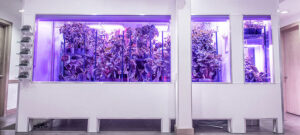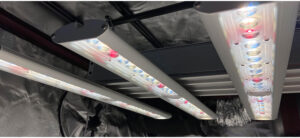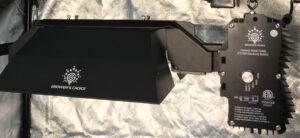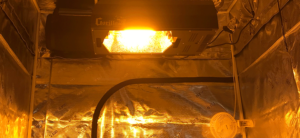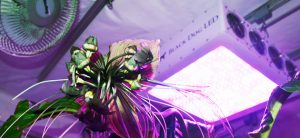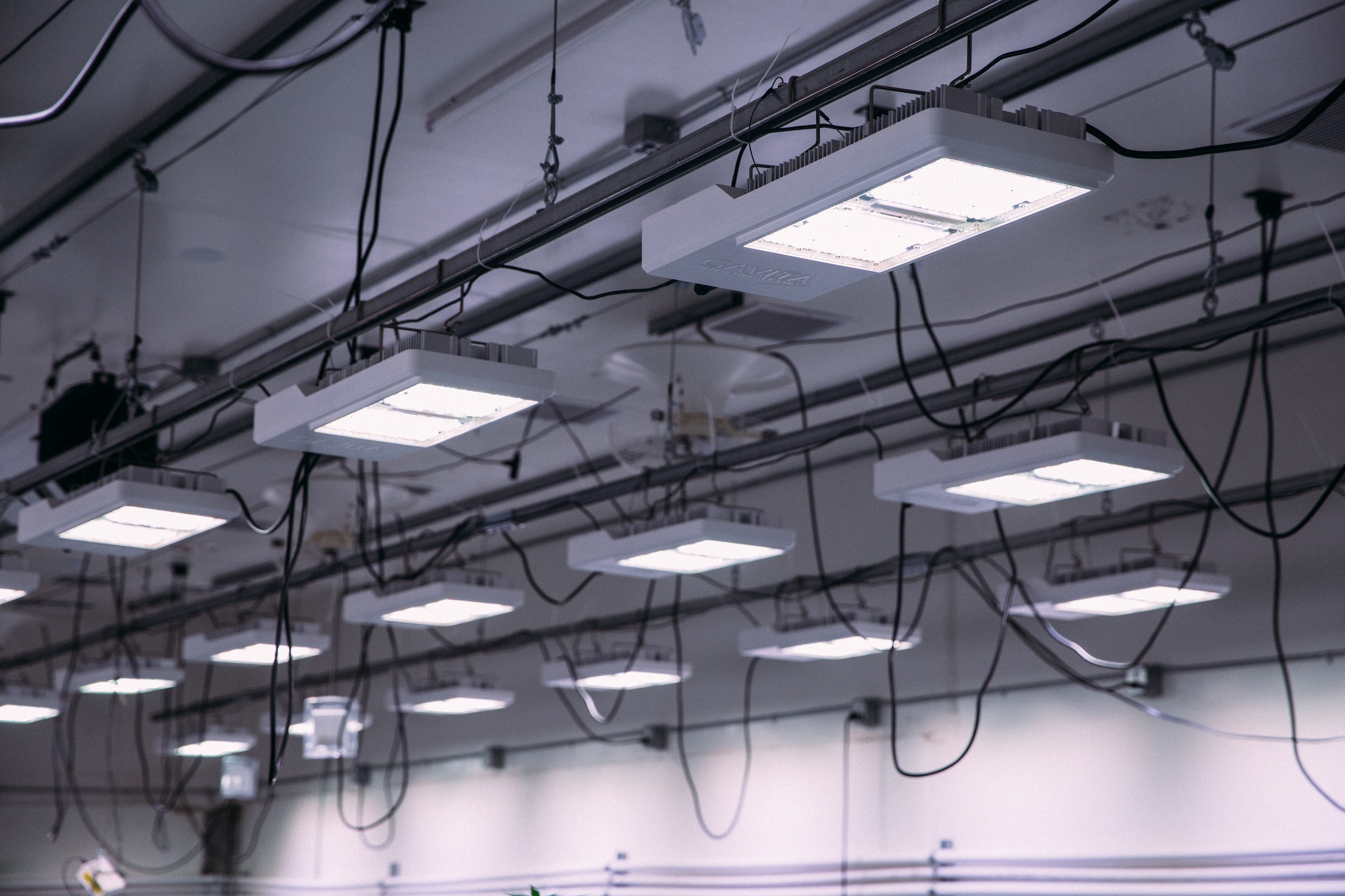Light Stress In Plants: Identification & Treatment
Sufficient lighting is essential for all stages of growth, but sometimes you can overdo it - leading to light stress in plants. This can cause a variety of issues with your plants.
This can get tricky, because you absolutely need intense lighting to produce strong root systems to develop fruits and flowers. From seed to harvest, your plants need light in order to stay healthy.
But when it comes to lighting, there is such a thing as too much of a good thing. Light stress, including high light stress in plants as well as low light stress in plants, can cause serious ill effects.
LIght is one of the most important factors for growing any kind of plant. Get it right in this guide to preventing this condition from occuring in the first place, or treating it if you suspect you may be dealing with it.
Continue reading